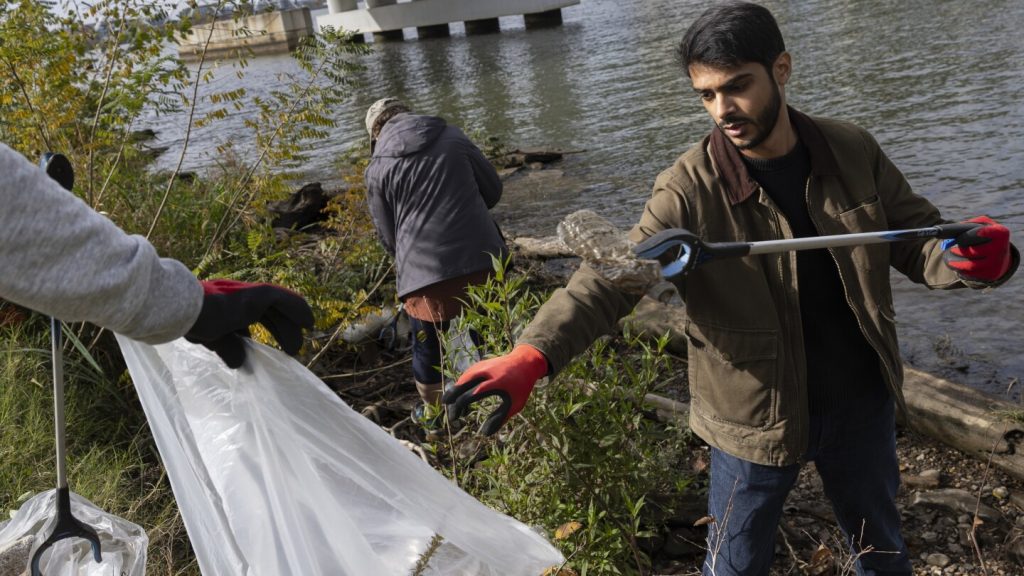In a recent news article, it was reported that the Anacostia River, a historically polluted waterway that flows through Washington, D.C., is starting to see signs of improvement. Bruce Holmes, a lifelong resident of the area, grew up fishing in the river and has witnessed changes in its condition over the years. While the river was once heavily contaminated with industrial waste, storm sewers, and trash, recent efforts have led to significant improvements. An infrastructure upgrade project costing $3.29 billion has helped reduce sewage overflows into the river, making it cleaner and safer for the surrounding communities.
Despite these improvements, it is still illegal to swim in the Anacostia due to high levels of E. coli. However, a series of tunnels have been installed under the city to capture storm and sewage water, reducing sewage overflows by 91% since 2018. The completion of the Anacostia Tunnel System last fall is expected to further decrease overflows into the river by 98%. Other initiatives, such as a plastic bag fee and clean-up efforts, have also helped keep trash out of the river. This has led to an improvement in water quality, with fecal bacteria levels decreasing over the years.
The history of the Anacostia River is closely tied to environmental justice issues, as communities of color living near the river have been disproportionately affected by pollution and neglect. Efforts to clean up the river have highlighted the need for equitable environmental policies that address the historical injustice suffered by these communities. Organizations like Friends of Anacostia Park are working to address these issues and involve the community in restoration efforts. Last year, a significant settlement was reached with a utility company for discharging hazardous chemicals into the river, highlighting the ongoing challenges of environmental justice in the area.
In an effort to change long-held perceptions about the river’s pollution, Anacostia Riverkeeper has organized a swim event along a designated safe stretch of the river. This event aims to overturn decades of discourse about the river and showcase the progress that has been made in improving water quality. Despite skepticism, around 200 people are expected to participate in the swim event, marking a significant milestone in the restoration of the Anacostia. While challenges remain, there is a growing sense of connection to the river among residents and community members, signaling a positive change in attitudes towards the once heavily polluted waterway.
As the Anacostia River continues on its path to recovery, residents like Bruce Holmes remain hopeful for the future. While he acknowledges that the river may not be entirely swimmable or fishable in the near future, he has seen significant changes in its condition over the years. With ongoing efforts to address pollution, improve water quality, and promote environmental justice, the Anacostia River is slowly but steadily becoming a cleaner and healthier ecosystem for all who live near and interact with it.


